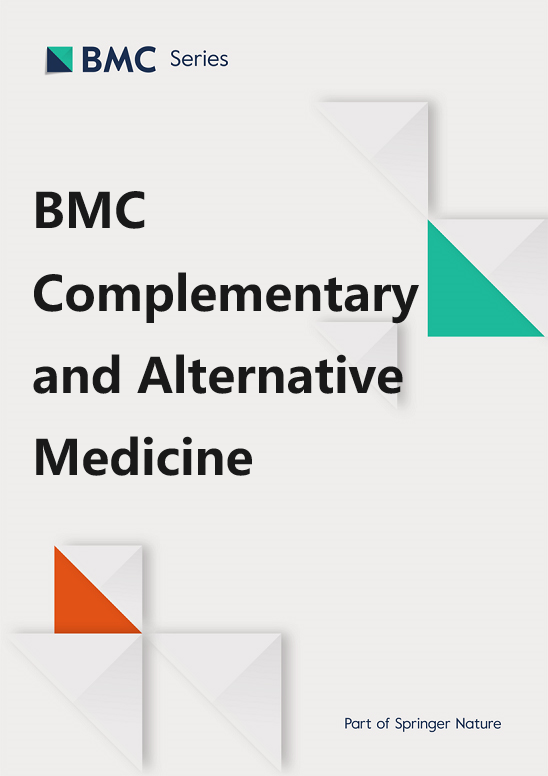The PD-Ballet study: study protocol for a randomised controlled single-blind hybrid type 2 clinical trial evaluating the effects of ballet dancing on motor and non-motor symptoms in Parkinson’s disease
IF 3.4
2区 医学
Q1 Medicine
引用次数: 0
Abstract
To date, beneficial effects of multimodal exercise programmes on Parkinson’s disease (PD) have focused on motor symptoms and little attention has been paid to the potential effects of such programmes on the non-motor symptoms of PD, which are now universally known as one of the key drivers of quality of life and a key unmet need. We aim to explore clinical effectiveness of a ballet-based dance programme in addressing non-motor and motor symptoms of Parkinson’s disease across all stages of progression. A randomised, single-blind, controlled trial of 160 people with Parkinson’s across all motor stages (Participants will be stratified into three groups of motor advancement: Hoehn and Yahr (HY) stages I and II being Mild Group, HY Stage III being Moderate Group and HY Stages IV and V being Severe Group) will be randomly allocated to either an intervention or a control group using an independent randomisation body. The primary outcome is an improvement in non-motor symptoms as measured by the Movement Disorders Society Non-Motor Scale (MDS-NMS). The intervention protocol consists of 12 one-weekly dance sessions led by English National Ballet. Each session is followed by a ‘tea and biscuit’ social time. Control group follows standard clinical pathway and joins the ‘tea and biscuit’ to control for any positive effects of social interactions. All participants are assessed at baseline, immediately after completion of the intervention and 3–6 months later to explore any potential longitudinal effects. To our knowledge, no adequately powered study has explored the effects of a dance-based intervention on non-motor symptoms of Parkinson’s disease, assessing these on both holistic and granular levels. We also aim to stratify participants in accordance with their motor state as assessed by. HY staging to explore specific effects on the symptoms at the initial, moderate and complex stages of the disease. If successful, this trial provides first evidence on clinical effectiveness of a ballet-based dance intervention for symptoms of Parkinson’s disease, assessed in a robust, rigorous manner. NCT04719468.帕金森病芭蕾舞研究:评估芭蕾舞对帕金森病运动和非运动症状影响的随机对照单盲混合型 2 类临床试验的研究方案
迄今为止,多模式锻炼计划对帕金森病(PD)的有益影响主要集中在运动症状上,很少有人关注此类计划对帕金森病非运动症状的潜在影响。我们的目标是探索以芭蕾舞为基础的舞蹈课程在解决帕金森病各进展阶段的非运动症状和运动症状方面的临床效果。这是一项随机、单盲、对照试验,对象为 160 名帕金森病患者,涵盖所有运动阶段(参与者将根据运动进展情况分为三组:Hoehn and Yahr(HY)I期和II期为轻度组,HY III期为中度组,HY IV期和V期为重度组),他们将被随机分配到干预组或对照组。主要结果是通过运动障碍协会非运动量表(MDS-NMS)测量非运动症状的改善情况。干预方案包括由英国国家芭蕾舞团领导的 12 节舞蹈课,每节课为期一周。每节课后都有 "茶和饼干 "社交时间。对照组遵循标准临床路径并参加 "茶和饼干 "活动,以控制社交互动的积极影响。对所有参与者进行基线评估、干预结束后立即评估以及 3-6 个月后的评估,以探讨任何潜在的纵向影响。据我们所知,目前还没有一项充分的研究探讨了舞蹈干预对帕金森病非运动症状的影响,并对这些症状进行了整体和细化的评估。我们的目标还包括根据参与者的运动状态进行分层。我们还将根据帕金森病患者的运动状态,对参与者进行分层,以探索舞蹈疗法对帕金森病初期、中期和复杂期症状的具体影响。如果试验成功,将首次证明以芭蕾为基础的舞蹈干预对帕金森病症状的临床疗效,并以稳健、严格的方式进行评估。NCT04719468。
本文章由计算机程序翻译,如有差异,请以英文原文为准。
求助全文
约1分钟内获得全文
求助全文
来源期刊

BMC Complementary and Alternative Medicine
INTEGRATIVE & COMPLEMENTARY MEDICINE-
CiteScore
7.00
自引率
0.00%
发文量
0
审稿时长
3 months
期刊介绍:
BMC Complementary Medicine and Therapies is an open access journal publishing original peer-reviewed research articles on interventions and resources that complement or replace conventional therapies, with a specific emphasis on research that explores the biological mechanisms of action, as well as their efficacy, safety, costs, patterns of use and/or implementation.
 求助内容:
求助内容: 应助结果提醒方式:
应助结果提醒方式:


